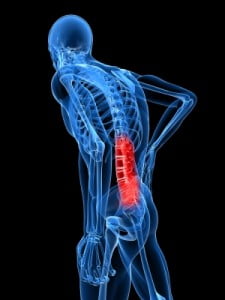In the United States we are faced with the highest per capita health costs in the world. One would think that massive expenditures could provide the best care and treatment outcomes, but this is not the case. In many aspects the US is worse or no better than countries spending 50% of what we do on health care. One reason is that we often inappropriately provide costly evaluation and treatment interventions. We provide surgery too frequently on conditions that could be treated more cost-effectively. Having a step- care model (using the least invasive and potentially harmful, and most cost-effective approaches first) for various conditions would offer models of care for the majority of problems whilst still allowing for modifications in unusual circumstances. —Dr. Norman Marcus
By Ryan Sabalow
Some doctors estimate the national rates of unnecessary hysterectomies and back surgeries are even higher than the 25 percent cited by state health officials questioning the Redding area’s high rates of the procedures.
Dr. Ernst Bartsich, a clinical associate professor of obstetrics and gynecology at Weill Cornell Medical College in Manhattan, N.Y., said as many as one in three women in the U.S. has had her uterus removed by the time she’s 60. That number increases to one in two by 65.
Bartsich, an outspoken critic of what he calls the overuse of hysterectomies, said he believes that 85 percent of such procedures could have been avoided through less invasive methods, such as removing painful fibroid tumors from the uterine wall or through medication.
Read the rest of this entry

 Where to begin? In the first two chapters of my book, End
Where to begin? In the first two chapters of my book, End 
